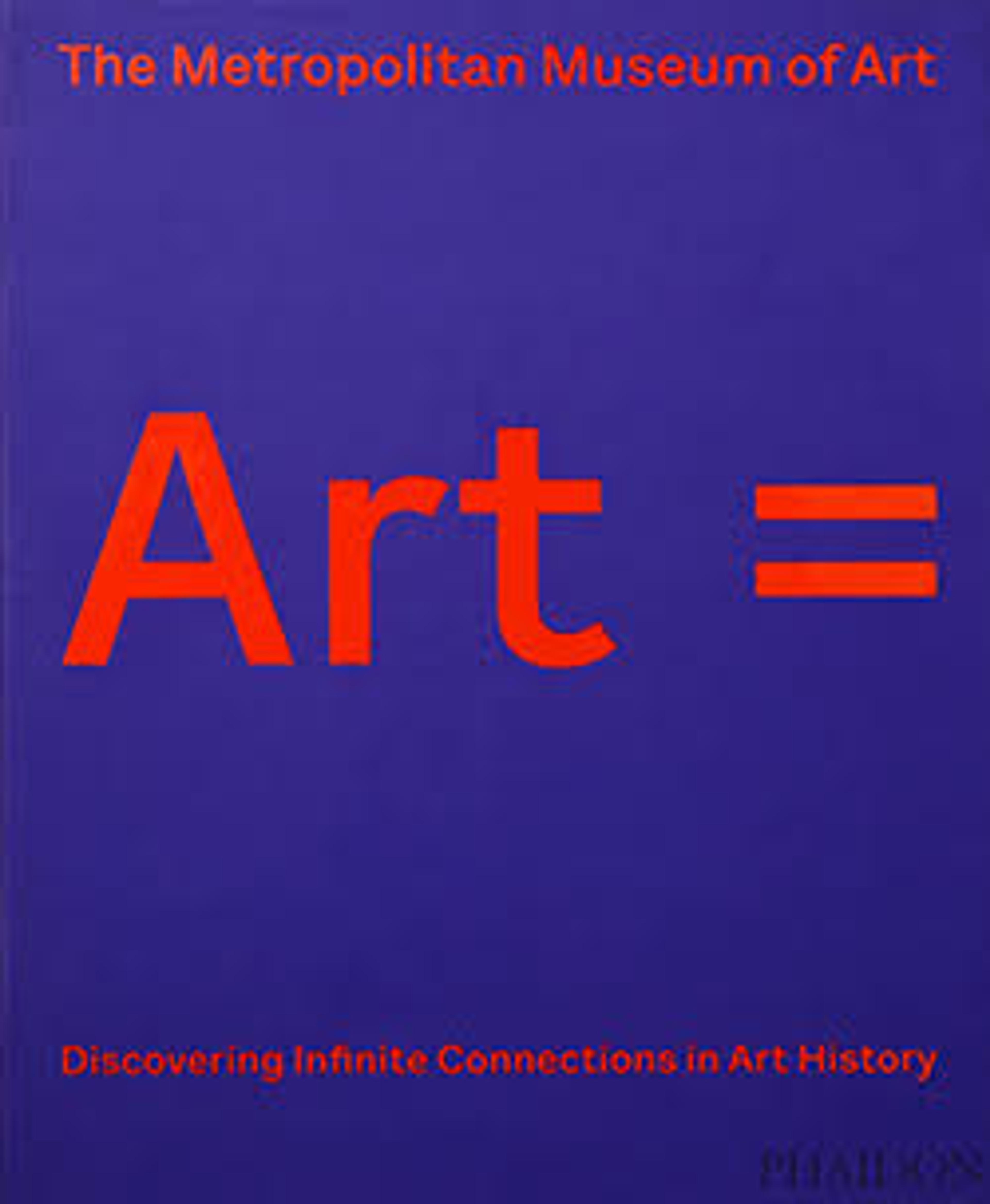Direction of the Wind—Unglazed Clay Pipes (Fūi—yakishime paipu)
Emerging from a pottery industry steeped in tradition, several young postwar Kyoto ceramists founded Sōdeisha (Crawling through Mud Association) to redefine clay as a valid medium for sculpture. They created abstract, hand-built forms called objets, borrowing the term French Surrealists used for found and repurposed art pieces. Here, Yagi cut and rejoined wheel-thrown cylinders at angles and embedded them into a square with folded edges, creating multiple “mouths” that challenge the idea of the conventional vessel. Such nonfunctional artworks were a means of deconstructing traditional methods of producing ceramics. Made of Shigaraki clay, early Sōdeisha works are quite pale as members could only afford to rent cooler spaces at the communal kiln, where strong color could not easily develop.
Artwork Details
- 八木一夫作 「風位 焼締パイプ」
- Title:Direction of the Wind—Unglazed Clay Pipes (Fūi—yakishime paipu)
- Artist:Yagi Kazuo (Japanese, 1918–1979)
- Period:Shōwa period (1926–89)
- Date:1955
- Culture:Japan
- Medium:Unglazed Shigaraki white clay
- Dimensions:13 1/2 × 8 1/2 × 4 1/8 in. (34.3 × 21.6 × 10.5 cm)
- Classification:Ceramics
- Credit Line:Gift of Halsey and Alice North, 2017
- Object Number:2017.166.16
- Curatorial Department: Asian Art
More Artwork
Research Resources
The Met provides unparalleled resources for research and welcomes an international community of students and scholars. The Met's Open Access API is where creators and researchers can connect to the The Met collection. Open Access data and public domain images are available for unrestricted commercial and noncommercial use without permission or fee.
To request images under copyright and other restrictions, please use this Image Request form.
Feedback
We continue to research and examine historical and cultural context for objects in The Met collection. If you have comments or questions about this object record, please contact us using the form below. The Museum looks forward to receiving your comments.
